Summary
Join Kara and Jordan on a thrilling, hair-tingling journey through ancient Egypt's wild dynastic power shifts! From the dramatic reign of Tutankhamun to the strategic brilliance of Hatshepsut, explore how these rulers navigated assassinations, epic battles, and family drama to seize the throne. Discover the parallels between ancient power struggles and today’s political landscape, and dive into the ultimate royal showdowns featuring invaders like the Hyksos, Libyans, and Nubians. Buckle up for tales of epic reigns, royal intrigue, and the cunning ways rulers took their crowns in a world where the only constant was change.
Show Notes
Too Short of Reign
Djet → Merneith (as queen regent, at least, and to her son Den, should he live)
Cooney, When Women Ruled the World— see Chapter 1 on Merneith!
In the end, what was Merneith’s legacy? Do we remember her? Or, more important, did the Egyptians? The answer may be the expected and deflating no. Memory of her would be short-lived, as patriarchy demanded, even if it was her cautious, feminine rule that saved Egypt’s kingship. She does appear on a king list found in the tomb of her son—but just a few reigns later, on inscriptions from the last part of Dynasty 1 from the tomb of Qa’a, one of Den’s successors, there is no longer any mention of Merneith
Amenemhat III → Sobekneferu (the last ruler of Dynasty XII)
Cooney, When Women Ruled the World— see Chapter XX on Sobekneferu!
Newberry, P. E. 1943. Co-regencies of Ammenemes III, IV and Sebknofru. Journal of Egyptian Archaeology 29, 74-75
Callender, V. G. 1998. Materials for the reign of Sebekneferu. In Eyre, C. J. (ed.), Proceedings of the Seventh International Congress of Egyptologists, Cambridge, 3-9 September 1995, 227-236. Leuven: Peeters.
Pignattari, Stefania 2018. Amenemhat IV and the end of the Twelfth Dynasty: between the end and the beginning. BAR International Series 2906. Oxford: BAR Publishing
Tutankhamun → Smenkhare/Neferneferuaten/Nefertiti
To the historian familiar with Egypt’s patterns of succession, the most compelling thing about Tutankhamun’s youthful kingship is the fact that he had no female regent that we can identify as the decision-maker (Cooney, When Women Ruled the World).
Dodson, Aidan 2022. Tutankhamun: king of Egypt. His life and afterlife. Cairo: American University in Cairo Press.
Dodson, Aidan 2009. Amarna sunset: Nefertiti, Tutankhamun, Ay, Horemheb, and the Egyptian counter-reformation. Cairo, New York: American University in Cairo Press.
Reeves, Nicholas 2019. The decorated north wall in the tomb of Tutankhamun (KV 62) (The burial of Nefertiti? II). Amarna Royal Tombs Project - Valley of the Kings, Occasional Paper 3. [n.p.]: ARTP
Reeves, Nicholas 2020. The tomb of Tutankhamun (KV 62): supplementary notes (The burial of Nefertiti? III). Graphics and animations by Peter Gremse. Amarna Royal Tombs Project - Valley of the Kings, Occasional Paper 5. [n.p.]: ARTP.
Reeves, Nicholas 2016. Tutankhamun's mask reconsidered. In Elleithy, Hisham (ed.), Valley of the Kings since Howard Carter: proceedings of the Luxor Symposium November 4, 2009, 117-134. Cairo: Ministry of Antiquities.
Reeves, Nicholas 2015. Tutankhamun's mask reconsidered. Bulletin of the Egyptological Seminar 19, 511-526.
Reeves, Nicholas 2015. The tomb of Tutankhamun: a double burial? British Archaeology 145, 36-39.
A Reign too long
Pepi II—> discord and a series of short-lived rulers
Kanawati, Naguib. Conspiracies in the Egyptian Palace, Unis to Pepy I (London: Routledge, 2003), 4.170.
Ramses II—>Merneptah, the 13th son
Kitchen, Kenneth (1982). Pharaoh Triumphant: The Life and Times of Ramesses II, King of Egypt. London: Aris & Phillips. ISBN 978-0-85668-215-5.
Brand, Peter J. (2023). Ramesses II, Egypt's Ultimate Pharaoh. Lockwood Press. ISBN 978-1-948488-49-5.
Lack of Heir or a Sudden Change of Heir
Mentuhotep IV → Amenhotep I
Callender, Gae (2003). "The Middle Kingdom Renaissance (c. 2055–1650 BC)". In Shaw, Ian (ed.). The Oxford History of Ancient Egypt. Oxford: Oxford University Press. pp. 137–171. ISBN 978-0-19-815034-3.
Translation of Wadi Hammmat Graffito
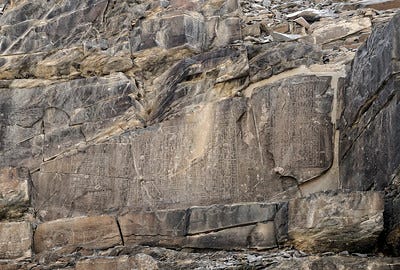
Wadi Hammamat stela records how the Vizier Amenemhat saw a gazelle give birth on the block they had chosen, an auspicious omen which greatly encouraged the workforce of 10,000 men. Another of Vizier Amenemhat’s texts records the ‘wonder of rain’, a flash flood that produced a well of clear water for the expedition.
Hatshepsut
But Hatshepsut wasn’t the sole king. And she wasn’t a man. There was a king still living, Thutmose III, who would rule another 30 years after the death of his aunt, making those sons of Nefrure, if they existed, very old—40 or 50 or dead—by the time Thutmose III himself passed on: older and established men who did not need a queen-regent mother to guide them. For Hatshepsut and Nefrure, the timing was actually a catastrophe (Cooney, When Women Ruled the World).
Ay/Horemheb → Ramses
“The New Kingdom of Egypt under the Ramesside Dynasty,” in: Oxford History of the Ancient Near East, Karen Radner, Nadine Moeller, and D.T. Potts, eds., Oxford: Oxford University Press (2022).
Assassination or Asassination Attempts
Possibly usurpation by Userkaf (Teti murdered)
Kanawati, Naguib. Conspiracies in the Egyptian Palace, Unis to Pepy I (London: Routledge, 2003), 4.170.
The murder of Ramses III
Internal Threat/ Usurpation
Pepi I (lots of damnatio memoriae of Teti/Userkaf officials)
Mentuhotep IV → Amenemhat I
Amenmesse/Seti II/ Siptah/ Tausret/ Setnakhte
Tawosret would have no legacy, no children. If she was still of childbearing age when she took the kingship (very likely) and hoped to bear a son, then that plan hadn’t worked. Any sexual- romantic partner of King Tawosret would have been looked upon with great suspicion anyway, and there is no record of such a man. The next king would not be her son. Instead, we see a continuation of the power of that mighty and overly large extended family of Ramses the Great (Cooney, When Women Ruled the World).
the Third Intermediate Period!
External Threat
Second Intermediate Period— Hyksos and Nubia
Third Intermediate Libyan Dynasties
25th Dynasty






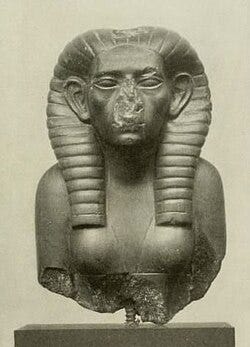

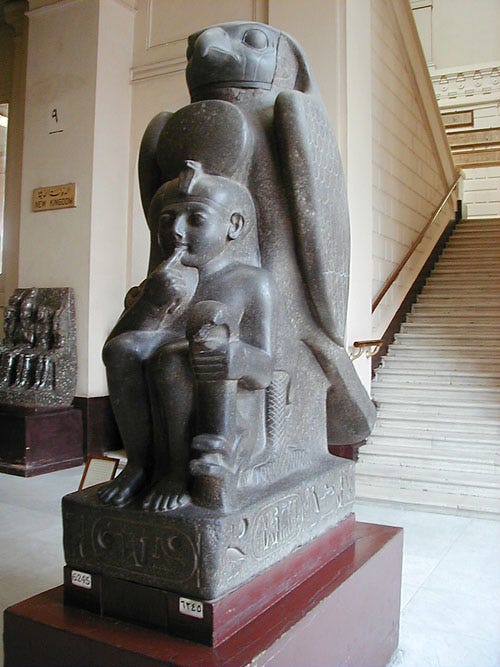

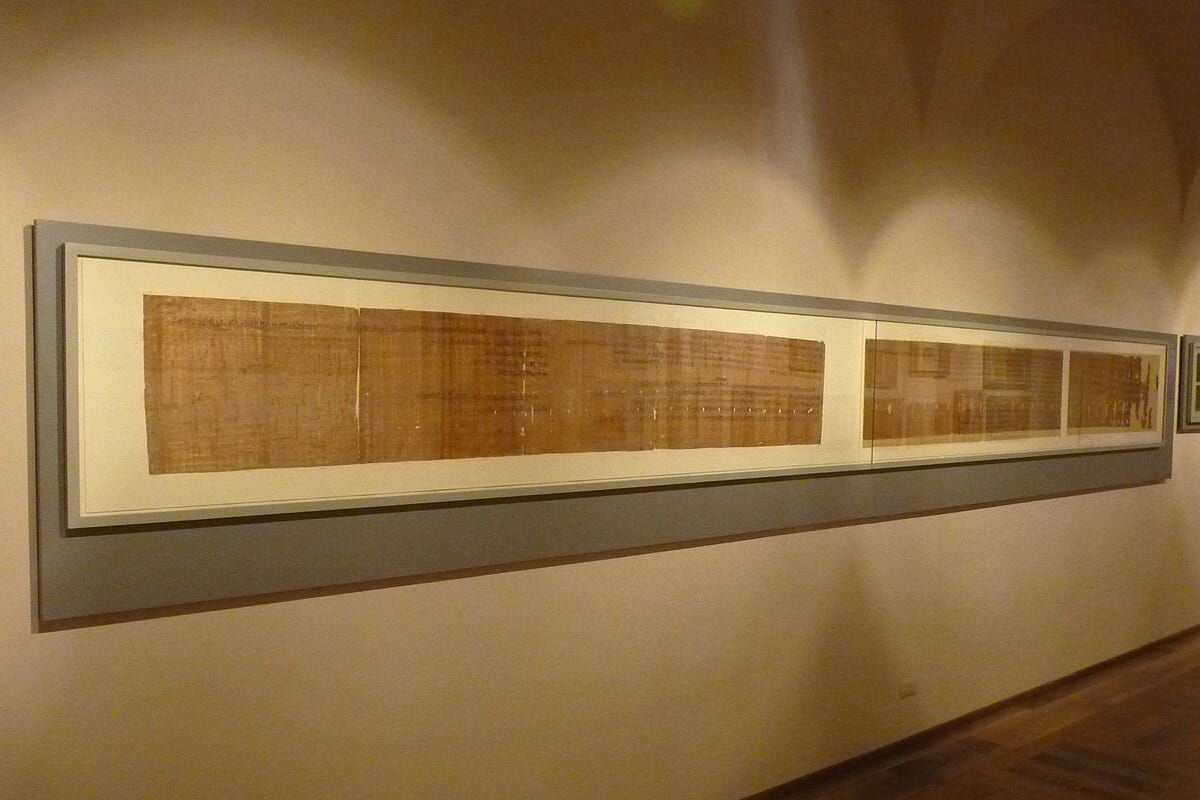

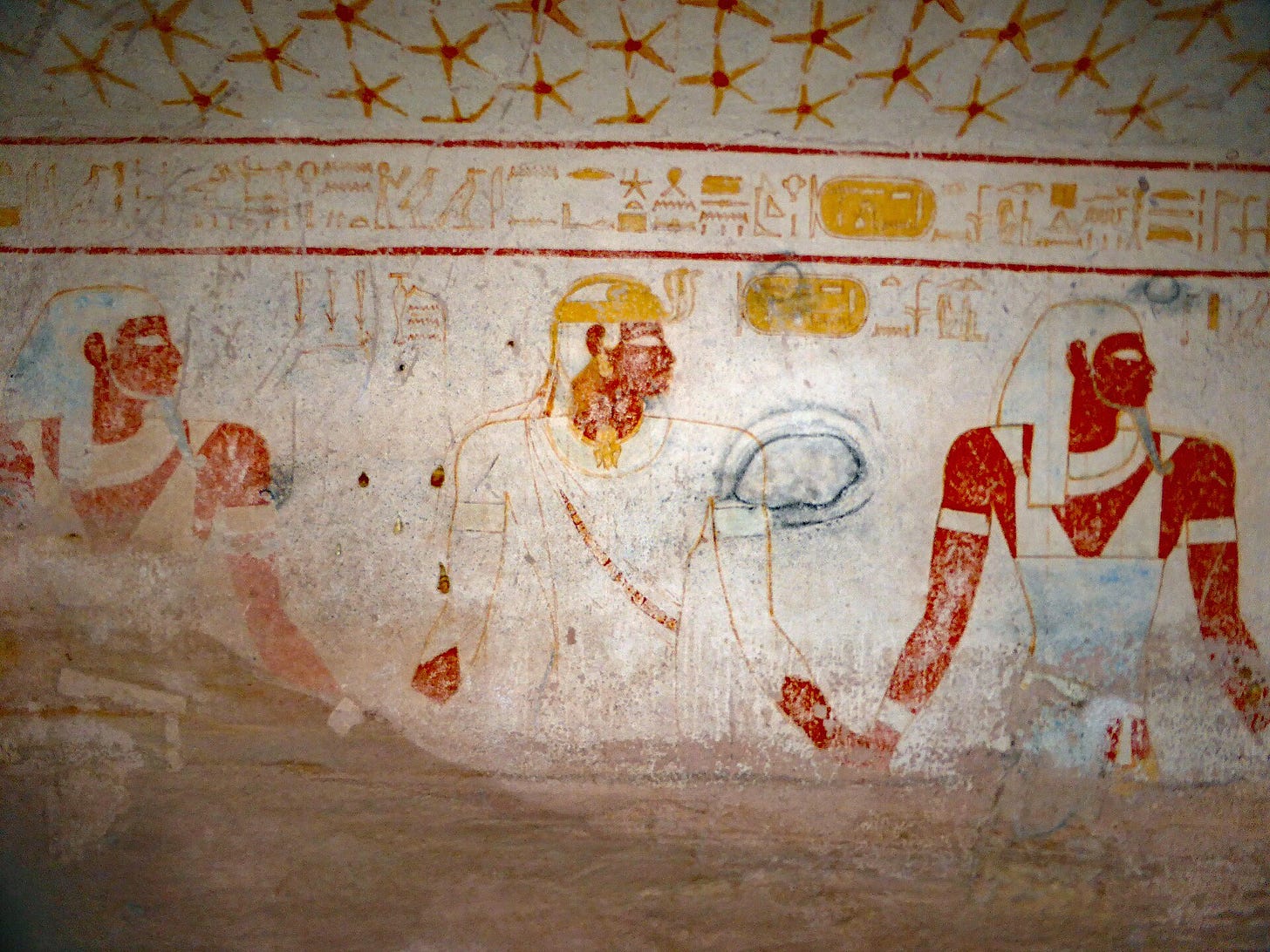




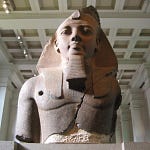

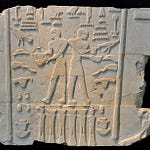


Share this post